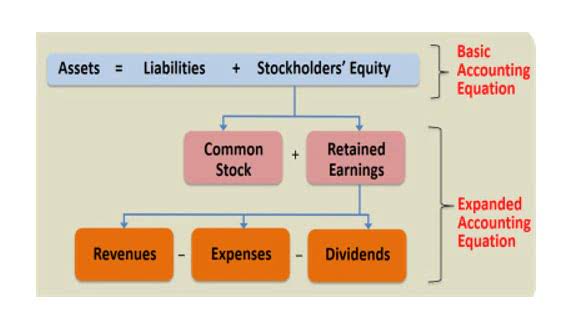
This is especially true for specific product-related commissions and promotions. These costs are typically classified as expenses in the period they are incurred in the income statement of a company, as they don’t generate future economic benefits or cannot be linked directly to the cost of products or services sold. Recall from other tutorials that variable costs change in proportion to production. For instance, in our example of Friends Company, the company purchases metal parts (raw material) to produce valves. The more valves are produced, the more parts Friends Company has to acquire.
Direct Materials

These costs are not directly tied to the production of goods or services, but rather to the overall operation of the company. Examples of period costs may include rent, salaries and wages of administrative staff, office supplies, marketing and advertising expenses, and other similar expenses. While these costs are necessary for the overall functioning of the business, they do not directly contribute to the production of goods or services.
Cost types included

Manufacturing and https://www.bookstime.com/retained-earnings-normal-balance non-manufacturing costs together form total costs for a manufacturing entity. They are impacted by different factors and thus their appropriate categorization is important. Manufacturing cost overruns indicate production inefficiency whereas non-manufacturing cost overruns indicate inefficiency in other areas of operations. Each of them requires a different set of cost control measures, making appropriate cost categorization even more essential. Manufacturing cost is the core cost categorization for a manufacturing entity. It encompasses the costs that must be incurred so as to produce marketable inventory.
- As their names indicate, direct material and direct labor costs are directly traceable to the products being manufactured.
- Indirect labor (part of manufacturing overhead) includes the production supervisors who oversee production for several different boats and product lines.
- For a further discussion of nonmanufacturing costs, see Nonmanufacturing Overhead Costs.
- As the rate of production increases, the company’s revenue increases while its fixed costs remain steady.
- When we talk of material cost of a product, we refer to the cost of direct materials only.
- For Friends Company, other direct materials would include, for example, plastic parts and paint.
Nonmanufacturing Overhead (Explanation Part

Note 1.48 “Business in Action 1.6” provides examples of nonmanufacturing costs at PepsiCo, Inc. The two broad categories of costs are manufacturing costs and nonmanufacturing costs. Costs that fluctuate based on the level of production or sales, such as raw materials and direct labor. Examples of general and administrative costs include salaries and bonuses of top executives and the costs of administrative departments, including personnel, accounting, legal, and nonmanufacturing costs include information technology.
- These are incurred for developing new products or processes, improving existing products or processes, and searching for new knowledge.
- Manufacturing Overhead This refers to manufacturing costs other than direct material and direct labour costs.
- For example, the property tax on a factory building is part of manufacturing overhead.
- Under generally accepted accounting principles (GAAP), these expenses are not product costs.
- Therefore, always consult with accounting and tax professionals for assistance with your specific circumstances.
Direct materials – cost of items that form an integral part of the finished product. Examples include wood in furniture, steel in automobile, water in bottled drink, fabric in shirt, etc. Note “Business in Action 2.3.1” details the materials, https://www.instagram.com/bookstime_inc labor, and manufacturing overhead at a company that has been producing boats since 1968. From the table you can see that direct materials are the integral part and a significant portion of finished goods.
